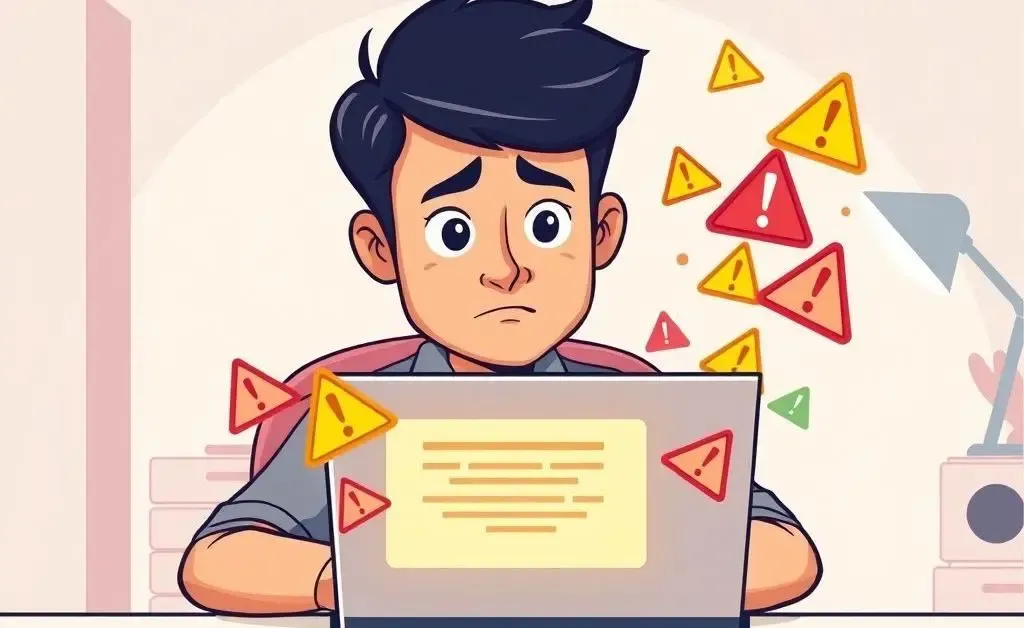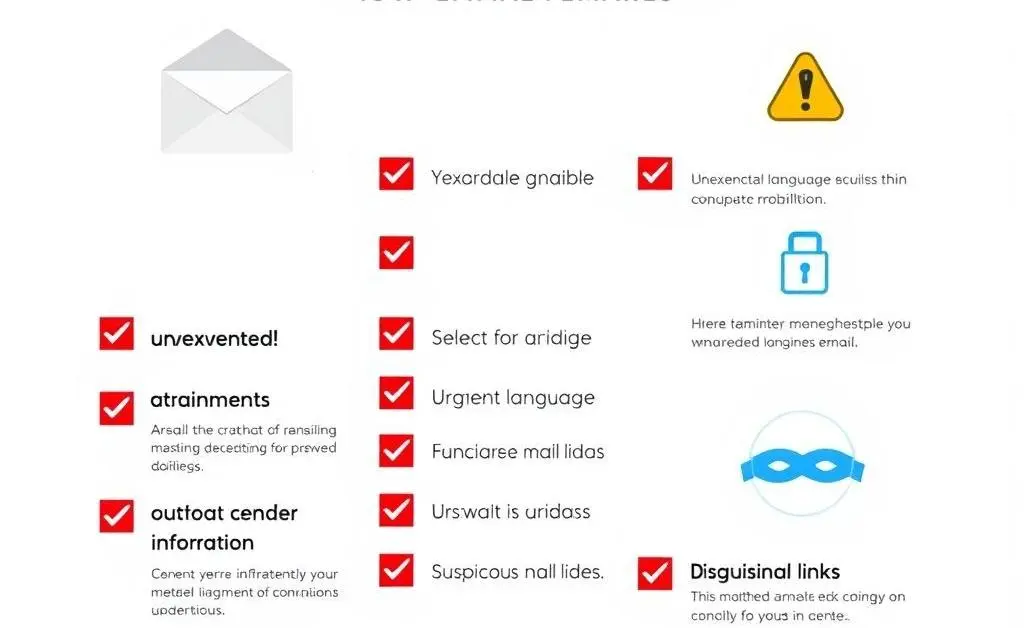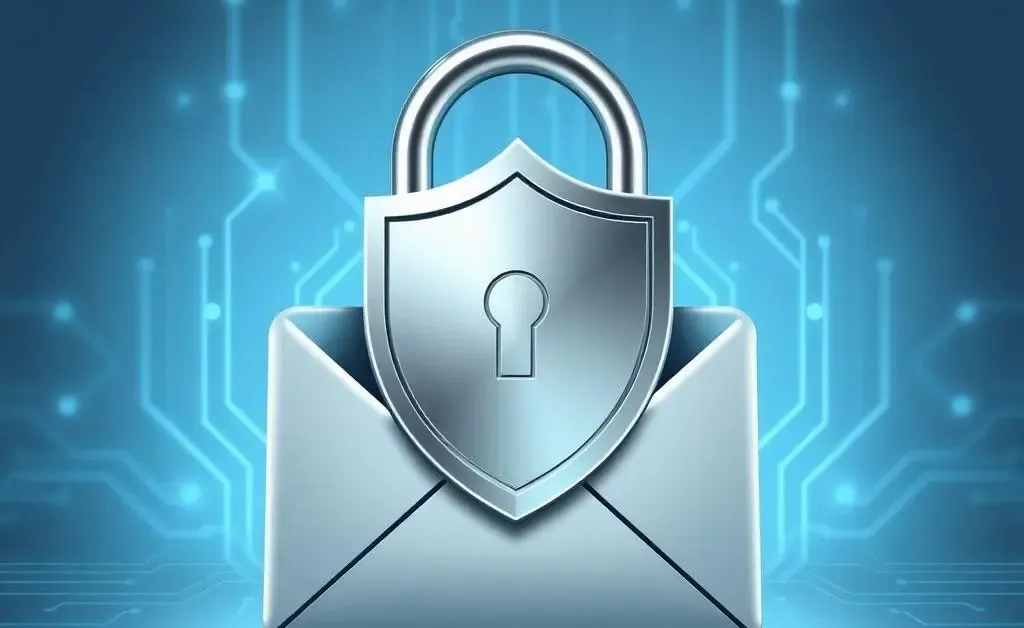How to Spot and Avoid Scam Emails: A Simple Guide
Learn to identify scam emails with these practical tips. Stay safe and protect your inbox.

Ever opened your inbox to find an email that seemed… off? Maybe it claimed you’d won a prize or that your account was compromised. Recognizing scam emails is more important than ever. Let's dive into how you can protect yourself from falling into common traps.
What Makes an Email a Scam?
Scam emails often use tactics to instill a sense of urgency or fear. Here are a few red flags:
- Unfamiliar Sender: If the sender’s address looks odd or unfamiliar, proceed with caution.
- Urgent Language: Scammers often create a sense of urgency to rush you into giving up information.
- Generic Greetings: Emails that say ‘Dear Customer’ instead of your name can be suspicious.
- Attachments/Links: Unexpected attachments or links can be risky; always verify before clicking.

A Relatable Story
Let me share a quick story. A friend of mine, let's call him Alex, once received an email saying his bank account would be suspended unless he confirmed personal details. The email looked legitimate, with logos and all! But something seemed off—Alex noticed a misspelled word in the sender's address. He didn't reply, and contacted his bank directly. Turned out, it was indeed a scam.

Tips for Protecting Your Inbox
Now that you can recognize the warning signs, here’s how to keep your inbox safe:
- Strong Passwords: Use complex passwords and change them regularly.
- Enable Two-Factor Authentication: Add an extra layer of security to your email accounts.
- Be Skeptical: Before clicking any links or attachments, verify the sender.
- Use Trusted Security Software: Keep your security software up to date to fend off threats.

Wrapping Up
In this digital age, staying cautious and informed is your best defense. Have you ever encountered a scam email that made you pause? Share your experiences and strategies in the comments. Let's help each other stay safe!




